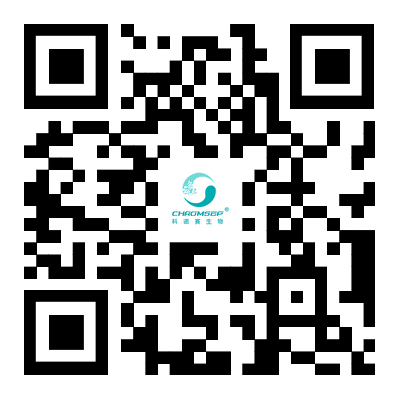Porcine circovirus purification case sharing
Porcine circovirus (PCV) is an invisible killer of pigs. It is caused by porcine circovirus type 2 (PCV2). It is one of the viral diseases that cause great economic losses to domestic pig industry at present. Effective vaccine immunization is currently the best means of prevention and control.
For the effectiveness and safety of animal vaccines, downstream purification process is very critical. Today, I will share the purification method and application case of porcine circovirus vaccine.
Understanding the Pathogen
Porcine circovirus (PCV) is a small virus particle with a diameter of about 17 nm. PCV has two serotypes: PCV1 and PCV2. PCV1 is a non-pathogenic virus and PCV2 is a pathogenic virus.
PCV2 virus-like particles (VLPs) are recombinantly expressed PCV2 CAP proteins, 20-sided, non-enveloped, each viral particle is assembled by 60 Cap proteins, molecular weight of about 650kd, size of about 20nm. PCV2 is the primary causative factor of multisystemic wasting syndrome in weaned piglets.
purification process
Escherichia coli and insect cell/baculovirus expression systems are commonly used in vaccine production processes. Escherichia coli prokaryotic expression system can reduce the cost while ensuring the immune protection of vaccines.
For porcine circovirus vaccines, the higher the purity of purified Cap protein, the higher the integrity, uniformity and completion ratio of assembled VLPs. However, PCV2 has a large molecular weight (650kd), and the pore of conventional chromatography media is small. It is difficult for proteins larger than 200kd to enter the pore, and the binding amount is very small.
Due to the large number of miscellaneous proteins after the fragmentation of Escherichia coli expression system, it is difficult to purify them. According to the characteristics of porcine circovirus, Konosay provides the best solution for customers through various tests. The fragmented solution containing porcine circovirus VLP particles is centrifuged and purified by ion exchange chromatography with ultra-large pore chromatography medium. Impurities in the protein can be removed by one step purification, and Cap protein with purity of more than 90% can be obtained.

application cases
Chromatographic packing: MoSphere 50V Q super porous anion exchange chromatographic medium
Column: HiQum CTN30
Buffer: Solution A: 20 mM Tris, 150 mM NaCl, pH 8.5, Solution B: 20 mM Tris, 1 M NaCl, pH 8.5
After clarification and filtration, the sample (E. coli expression) was eluted with 20% B solution and 100% B solution gradient, and the collected solution was detected by SDS-PAGE electrophoresis.


Experimental results:
Sample Kono MoSphere 50V Q ultra-large pore ion exchange chromatography medium, impurity protein removal rate can reach 90%, Cap protein purity is high, fully meet the purity requirements of vaccines, and suitable for industrial production amplification.
MoSphere 50V Q Features
MoSphere 50V Q is a super porous ion exchange chromatography medium with hydrophilic PMMA as the matrix and particle size of 50μm. The design of super pore size breaks the limitations of conventional chromatography media. The medium bonds ion exchange functional groups Q to the hydrophilic substrate surface through proprietary surface modification techniques and ensures high density and uniformity of the surface ion exchange layer. Features are as follows:
High binding capacity:
The loading capacity is more than 10 times that of conventional agarose medium and 2 times that of conventional polymer medium.
High recovery:
can maintain the integrity of macromolecular protein or virus structure, and obtain target protein with high yield and high activity;
High resolution, high column efficiency:
Molecular mass transfer speed is fast, protein or virus particles can easily enter the pore combination;
Low non-specific adsorption:
Hydrophilic modification on the surface of microspheres can solve the problem of strong adsorption caused by some proteins or viruses with strong hydrophobicity.






